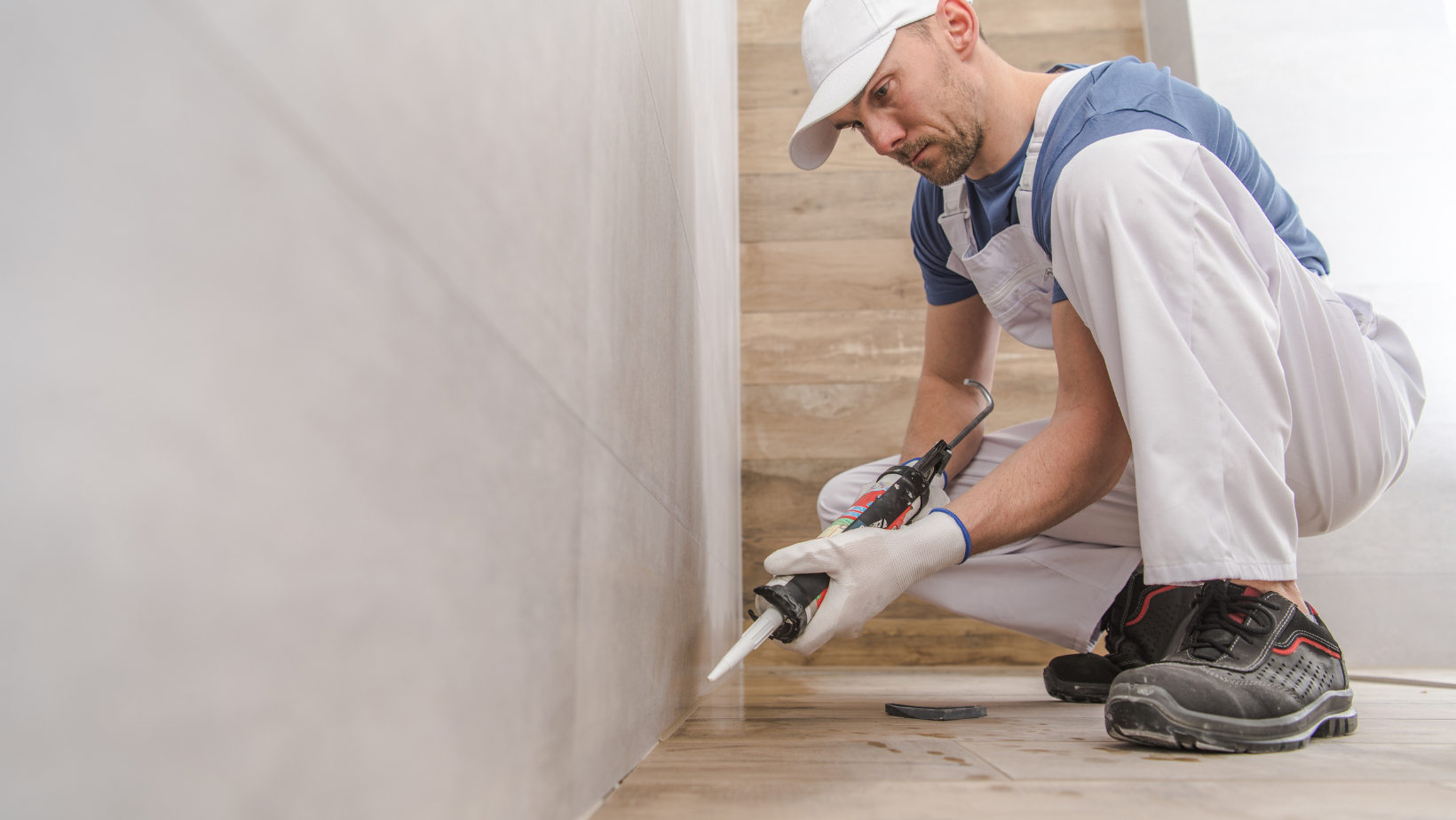
Silicone sealant is a must-have for any DIY enthusiast or homeowner tackling repairs and renovations. Whether you’re sealing a leaky bathroom, installing new windows, or fixing outdoor fixtures, choosing the right silicone sealant ensures a durable, waterproof, and professional finish.
As Australia’s trusted sealant experts, Simseal provides high-quality silicone sealants designed for both DIY and professional use. In this guide, we’ll cover:
- What silicone sealant is & its best uses
- How to decide if silicone is right for your project
- Different types of silicone sealants & which one to choose
- Step-by-step application tips
- Common mistakes to avoid
- What to do if silicone gets on skin or clothes
Plus, we’ll recommend the best Simseal silicone sealants for your needs. Let’s dive in!
1. Understanding Silicone Sealant and its Uses
Silicone sealant is a flexible, waterproof adhesive used for sealing joints, gaps, and seams. Unlike other sealants, it resists:
- Water & moisture (perfect for bathrooms & kitchens)
- Extreme temperatures (from -50°C to 250°C)
- UV exposure (great for outdoor use)
- Mould & mildew (keeps surfaces hygienic)
Where Should You Use Silicone Sealant?
- Bathrooms & Kitchens (sealing sinks, showers, tiles)
- Windows & Doors (preventing drafts & leaks)
- Plumbing & Roofing (waterproofing pipes & gutters)
- Automotive & Electronics (heat-resistant sealing)
2. Is Silicone Sealant Right for Your Project?
While silicone is versatile, it’s not always the best choice. Consider:
When to Use Silicone Sealent
- Sealing wet areas (showers, sinks, pools)
- Flexible joints (where movement is expected)
- High-temperature applications (ovens, engines)
When NOT to Use Silicone Sealent
- Porous materials (wood, concrete – use polyurethane instead)
- Surfaces to be painted (silicone repels paint)
- Structural bonding (use construction adhesive)
3. How to Choose the Best Silicone Sealant
Not all silicone sealants are the same. Here’s what to look for:
| Type of Silicone | Best For | Simseal Product Match |
|---|---|---|
| Neutral Cure | Bathrooms, kitchens, windows | Simseal Neutral Silicone |
| Acetoxy Cure | Fast-drying repairs | Simseal Fast-Set Silicone |
| High-Temp | Engines, stoves, exhausts | Simseal Heat-Resistant |
Key Features to Compare:
- Waterproof rating (look for 100% waterproof)
- Mould resistance (important for wet areas)
- Curing time (fast-set vs. standard)
- Colour options (clear, white, black)
4. How to Apply Silicone Sealant Like a Pro
Follow these steps for a flawless finish:
- Prep the Surface
- Clean & dry thoroughly (no dust or grease).
- Use masking tape for straight lines.
- Cut the Nozzle & Load the Gun
- Cut at a 45° angle for better control.
- Apply Smoothly
- Use steady pressure – avoid gaps or bubbles.
- Tool the Sealant
- Wet your finger or use a smoothing tool.
- Let it Cure
- Wait 24 hours before exposing to water.
Avoid these mistakes:
- Applying too thick (leads to cracking)
- Not smoothing properly (traps dirt)
- Skipping prep (causes poor adhesion)
5. What to Do If Silicone Gets on Skin or Clothes
On Skin?
- Wipe off excess, then wash with soap & water.
- Use rubbing alcohol for stubborn residue.
On Clothes?
- Let it dry, then peel/scrape off.
- Soak in vinegar or acetone before washing.
6. Where to Buy the Best Silicone Sealant in Australia
For high-quality, long-lasting silicone sealants, shop Simseal’s range. Our products are:
- 100% waterproof & flexible
- Mould & UV resistant
- Trusted by professionals
Choosing the right silicone sealant makes all the difference in your DIY projects. Whether you’re sealing a bathroom, fixing a window, or working on a car, Simseal has the perfect silicone solution for you.
Ready to start? Shop Now and get the job done right!

Recent Comments